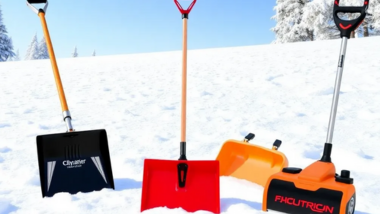If you’re interested in agriculture, you’ve probably heard about plowing. But do you know what it does and why it’s an essential practice for farmers? In this section, we will explore the purpose of plowing, its benefits, and the techniques involved in the process.
Plowing is a soil preparation technique that involves turning over topsoil to break up the ground and loosen dirt. The primary purpose of plowing is to create an environment conducive for plant growth. By preparing the soil for seeding, plowing allows for better water absorption, nutrient availability, and root development.
But plowing does more than just improve plant growth. It also helps control weeds, reduce soil erosion, and enhance soil health. In the following sections, we will delve into each of these benefits and how they contribute to sustainable agriculture practices.
Key Takeaways:
- Plowing is a soil preparation technique that involves turning over topsoil to create an environment conducive for plant growth.
- Plowing improves water absorption, nutrient availability, and root development.
- Plowing also helps control weeds, reduce soil erosion, and enhance soil health.
Understanding the Definition and Importance of Plowing
Plowing is a vital agricultural practice that involves digging and turning the soil to prepare it for planting. Essentially, it serves as a way of getting rid of existing plant material and topsoil, leaving fresh soil for new crops to grow.
Plowing is critical for several reasons, primarily because it ensures proper soil preparation for optimal plant growth. When fields are plowed, the soil is loosened, and nutrients become more accessible to plant roots. Additionally, it helps with weed control, as buried weeds struggle to grow and compete with new crops.
Plowing is a necessary first step before planting a crop because it allows for better seed to soil contact, which helps with germination and overall crop success.
Other benefits of plowing include increased aeration and water infiltration, which promote root growth and improve soil structure. However, it’s important to note that over-tilling can harm soil quality and lead to erosion, which is why farmers must learn the correct techniques and timing for plowing.
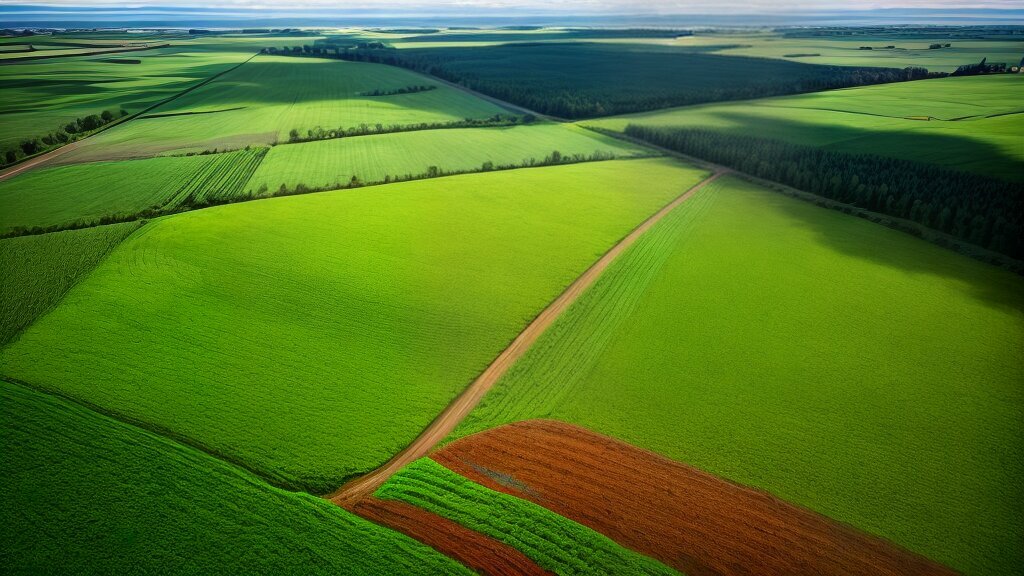
Examining the Benefits of Plowing for Soil Health
Plowing offers significant benefits when it comes to improving soil health. It helps break up compacted soil and enhances water infiltration, which promotes root growth and improves soil fertility. By breaking up soil, plowing creates a better environment for root development and increases the soil’s ability to hold nutrients.
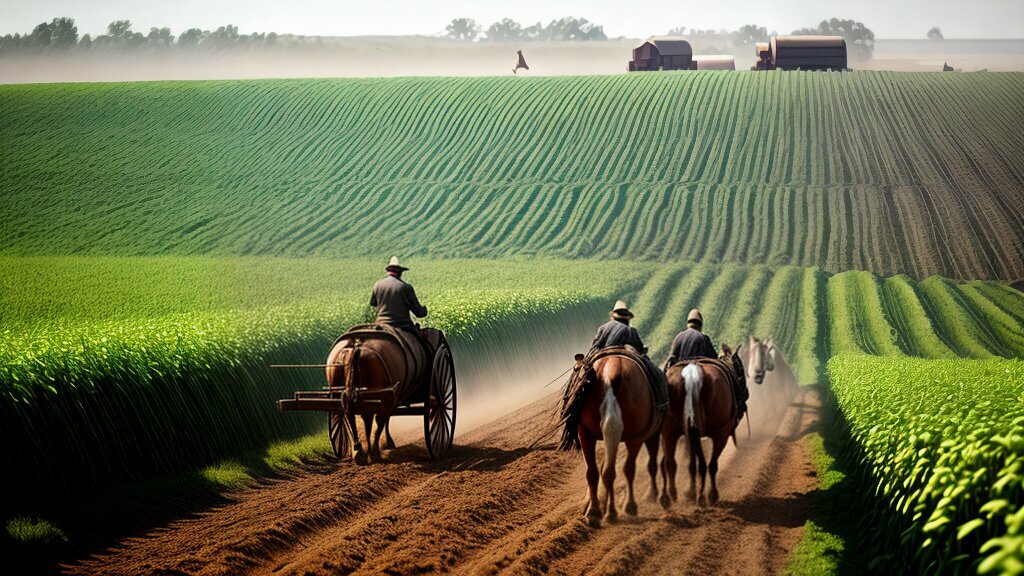
The process of plowing also helps to increase the soil’s organic matter. When crop residue is turned under the soil surface, it decomposes and adds organic matter to the soil. This organic matter can help improve soil structure and water-holding capacity, which is critical for plant growth. In turn, this can increase the soil’s ability to absorb and retain nutrients.
Another benefit of plowing is that it helps to reduce soil erosion. By breaking up compacted soil, plowing creates channels for water to move through, which reduces the risk of soil being washed away. Additionally, when crop residue is turned under the soil surface, it helps to anchor the soil in place, reducing the risk of erosion.
Finally, plowing can also help to control weeds. When plowing is done correctly and at the right time, it can bury weed seeds below the soil surface where they are less likely to germinate. It also helps to control weeds by breaking up the soil and creating an environment that is less conducive to weed growth.
Exploring Plowing Techniques for Different Soils
Plowing is a vital part of agriculture that involves the preparation of soil for planting crops. By digging and turning the soil, farmers can improve its aeration, drainage, nutrient availability, and overall health. However, plowing techniques vary based on soil type, moisture content, and cropping systems.
There are different types of plowing techniques, and each has its benefits and considerations. Conventional plowing, for instance, involves turning the soil and inverting the top layer, burying weeds and other residues in the process. This technique is suitable for heavy soils with high clay content, as it loosens the soil and decreases soil compaction, making it easier to cultivate. However, conventional plowing can lead to soil erosion, loss of organic matter, and decreased soil fertility over time.
Conservation plowing, on the other hand, involves disturbing the soil as little as possible while leaving plant residues on the soil surface to reduce erosion and retain moisture. This technique is suitable for sandy soils or areas with low rainfall, as it helps the soil retain moisture and nutrients. It also promotes the growth of soil organisms that feed on organic matter, promoting soil health.
Another plowing technique is no-till farming, which involves planting crops into undisturbed soil. This technique is suitable for soils with high organic matter content, as it maintains soil structure and promotes beneficial microorganisms that improve soil health. It also reduces erosion and conserves moisture, making it ideal for areas with low rainfall. However, no-till farming requires additional herbicides and pesticides to control weeds and other pests.
The choice of plowing technique depends on several factors, such as soil type, cropping system, and weather conditions. By understanding the different types of plowing techniques and their suitability for specific soils, farmers can make informed decisions that enhance their agricultural practices and promote soil health.
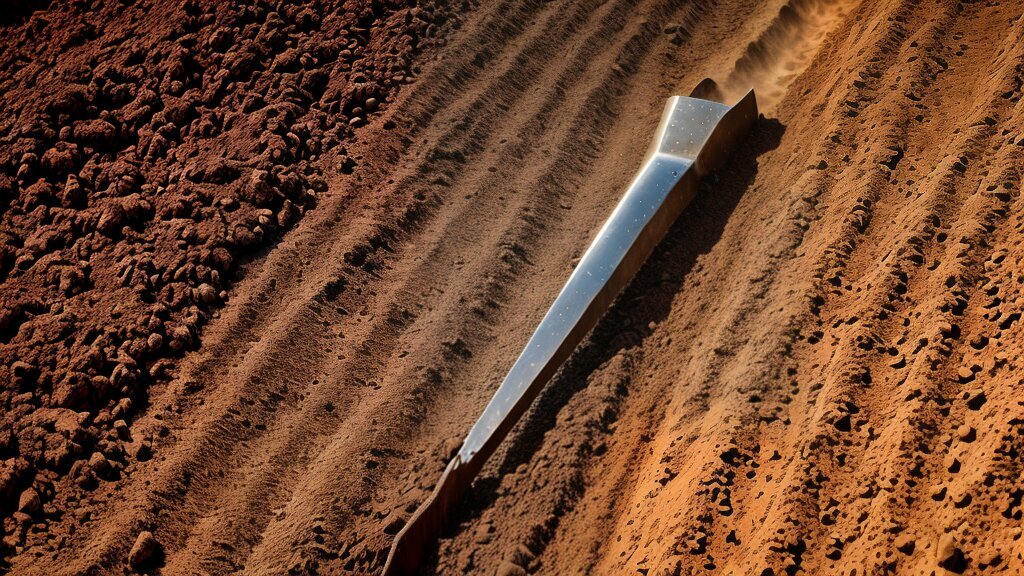
Maximizing Crop Yield with Effective Plowing
Plowing is a vital component of crop production that can help increase your yield and improve your farm’s profitability. Proper plowing techniques ensure that your soil is in optimal condition for planting and allow your plants to grow to their full potential. Here are some advantages of plowing that can help you maximize your crop yield:
- Improved seedbed preparation: Plowing helps break up compacted soil, making it easier for plants to grow deeper roots. This enables plants to absorb more nutrients and water, leading to better growth.
- Effective weed control: Plowing can help reduce weed populations by burying weed seeds and disrupting their growth cycles. This decreases competition for resources among plants and reduces the need for herbicides, saving you time and money.
- Better nutrient availability: Plowing helps mix organic matter into the soil, increasing its fertility and nutrient content. This provides plants with the essential nutrients they need to grow healthy and produce high yields.
- Promotes overall plant growth: Plowing increases soil aeration, allowing plant roots to access oxygen, which is crucial for their growth. This also helps maintain soil structure, improving water infiltration and reducing erosion.
By utilizing effective plowing techniques, you can achieve optimal soil conditions for planting, leading to larger and more robust crops. This not only boosts your crop yield but also your farm’s profitability.
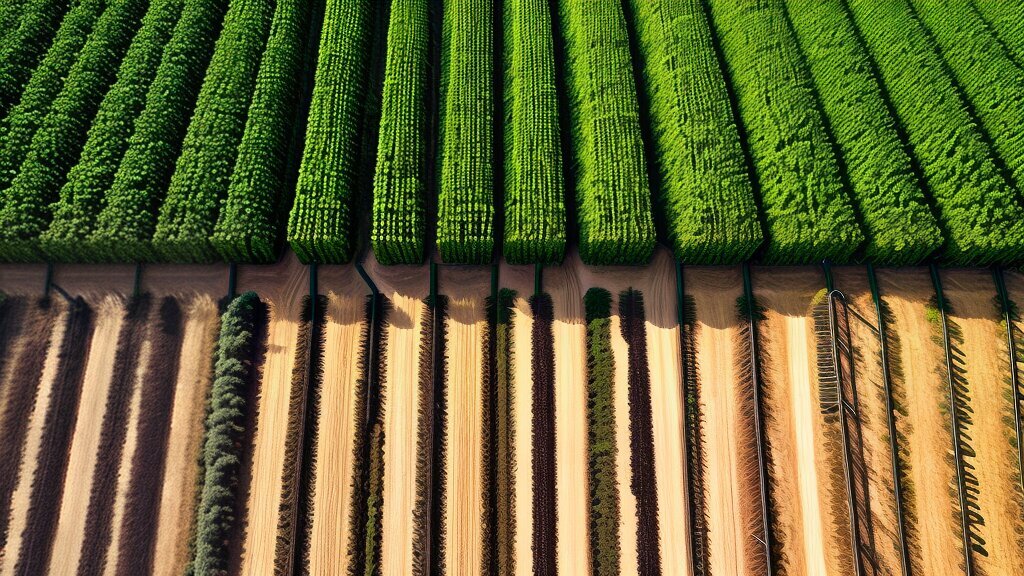
The Role of Plowing in Weed Control
When it comes to managing weeds, plowing can be a farmer’s best friend. By disrupting the weed growth cycle, burying weed seeds, and reducing weed competition, plowing can significantly decrease the need for herbicides and other weed control measures.
One of the main benefits of plowing for weed control is its ability to bury weed seeds. By burying the seeds, they are less likely to receive the sunlight and moisture needed for germination, effectively reducing the weed population. Furthermore, plowing can also disrupt the weed growth cycle, preventing new weeds from taking root in the soil.

Additionally, plowing can help reduce weed competition by loosening the soil and making it easier for crop roots to penetrate. This results in increased plant growth and productivity, while also minimizing the need for herbicides.
However, it’s important to note that plowing may not be suitable for all weed types and may not be effective in all situations. For instance, perennial weeds with deep roots may not be affected by plowing, and the process can also contribute to soil erosion if not done properly.
Ultimately, plowing can be an effective tool in weed control when coupled with other management practices, such as crop rotation and cover cropping. By utilizing various techniques and approaches, farmers can effectively manage weeds and improve their overall crop yield.
Conserving Soil and Reducing Erosion Through Effective Plowing
Plowing plays a crucial role in soil conservation and minimizing erosion in agricultural practices. Proper plowing techniques help to protect topsoil, minimize soil erosion, and preserve soil structure for long-term sustainability. By utilizing plowing, farmers can effectively manage soil erosion and maintain healthy soil for optimal crop growth.
When plowing, it is important to take into consideration soil type, slope, and weather conditions. Conventional plowing, which involves fully inverting the soil, is suitable for level fields with low erosion potential. However, it can lead to soil compaction, loss of organic matter, and increased runoff and erosion on sloping terrain. Conservation plowing, on the other hand, involves leaving crop residues on the soil surface, minimizing soil disturbance and increasing infiltration. This method is ideal for sloping fields and those prone to erosion. No-till farming is another plowing method that involves planting crops without disturbing the soil. This method minimizes erosion and preserves soil structure but may require additional weed management practices.
Plowing also helps to prevent water runoff and retain moisture in the soil. By breaking up compacted soil, plowing allows water to penetrate the soil more easily, reducing the likelihood of runoff. This can be further enhanced by adding organic matter to the soil, which increases water retention and infiltration.
| Plowing Techniques | Advantages | Considerations |
|---|---|---|
| Conventional Plowing | Fully inverts soil, controls weeds, and buries crop residues. | May cause soil compaction and loss of organic matter, increases erosion potential. |
| Conservation Plowing | Leaves crop residues on the soil surface, minimizes soil disturbance, and improves water infiltration. | May require additional weed management practices. |
| No-till farming | Preserves soil structure, minimizes erosion, and retains moisture in the soil. | May require additional weed management practices. |
Image Keyword: Soil Erosion

Effective plowing contributes to soil conservation and helps to preserve soil for long-term sustainability. By understanding different plowing techniques and their suitability for specific soil types, farmers can enhance soil health and reduce erosion, ultimately leading to increased productivity and crop yield.
Conclusion
Now that you understand what plowing is and its significance in agriculture, you can utilize this technique to enhance your farming practices. Plowing offers numerous benefits such as soil health improvement, weed control, and increased crop yield. By choosing the appropriate plowing technique for your soil type, you can maximize these benefits and achieve optimal plant growth.
Additionally, plowing plays a crucial role in soil conservation and erosion control, making it a vital part of sustainable agriculture. By implementing effective plowing practices, you can protect the topsoil, maintain soil structure, and minimize soil erosion for long-term sustainability.
Overall, plowing is a valuable tool that can enhance your agricultural practices and lead to better results. By incorporating this technique into your farming routine, you can prepare your soil for optimal plant growth and achieve greater crop productivity.






